
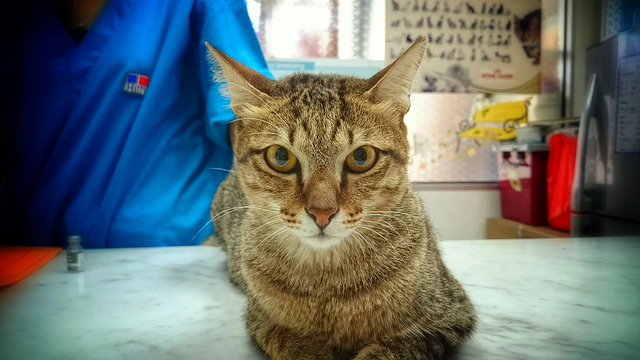
Bile is a yellow-green fluid that is made and released by the liver and stored in the gallbladder. It is found in both humans and anmials and remains in the gallbladder until food has been ingested. Once food has been ingested, bile is released into the small intestine to aid in the digestion and break down of food so that it can be used appropriately by the body or carried out as waste.
An obstruction of the bile duct, also called cholestasis, is a term used to describe what happens when the bile duct is blocked and prevents bile from entering the intestine. Cholestasis can be caused by a number of underlying medical conditions related to the gallbladder, liver, and pancreas and can easily affect both male and female cats.
Symptoms of cholestasis can vary and will depend upon the other diseases or conditions that are causing the problem in the first place. Symptoms relating to bile duct obstruction in cats can include lethargy, lack of appetite or excessive hunger (also called polyphagia), vomiting, jaundice, weight loss, dark urine, jaundice (discoloration of the skin or eyes) and pale colored stool.
Cholestasis is associated with a number of diseases, including gallstones, pancreatitis, a parasitic infestation, liver inflammation (cholangitis), cysts in the liver and bile duct or as a side effect of abdominal surgery.
Your veterinarian will require you to give them a complete history of your cat's health, including a clear description of your cat's symptoms and anything that may have preceded the condition that can be causing the bile duct obstruction, such as an injury to the body, a prior surgery or gallstones. These details will help your veterinarian to properly diagnose the problem and can give them an idea of which (if any) organs are causing secondary symptoms.
It is likely that your veterinarian will require several tests to diagnose the problem, including a complete blood test, a biochemistry panel and a urinalysis. These tests can help to determine if there is an underlying disease associated with the problem or if there are abnormalities due to the bile duct obstruction, like anemia. The amount of waste product found in your cat's blood will also be indicative of a problem, including high levels of bilirubin, a component of bile and blood fluids that usualy leaves the body as waste but may remain in the blood as a result of the bile duct obstruction. High levels of bilirubin in the body can eventually cause jaundice. A urinalyses and stool sample will also measure how much bilirubin is or isn't being discarded from the body, and your cat's liver enzyme values may also be elevated as a result of liver damage or liver disease.
An abdominal x-ray or ultrasound may be used by your vet to examine your cat's liver, pancreas and gall bladder. If these tests prove to be ineffective, your veterinarian may use exploraty surgery as a diagnostic tool. This option may also be helpful in correcting the problem at the same time as the diagnosis if it is found in the course of determining the underlying issue. If your veterinarian detects neoplasia, an abnormal growth of tissue that affects the functioning ability of the bile duct, they will need to determine whether the tissue is benign or cancerous and the condition will likely require further treatment.
The treatment of cholestasis will vary greatly depending on the underlying cause of the disease and the severity of the problem and symptoms in your cat. If your cat is found to be dehydrated during the diagnosis, they will be given fluids along with supportive therapy. If it has been determined that there are bleeding disorders as a result of liver disease, the cause of the bleeding must be investigated before your veterinarian can perform surgery. Antibiotics will be given prior to the surgery to manage any infection that may be present.
If not treated properly and in time, cholestasis in cats can lead to serious medical complications and issues, including major damage to your cat's gallbladder and liver. To help manage the disease, follow your veterinarian's recommendations for treating the disease and preventing a recurrence of the problem. These recommendations may include dietary restrictions. As long as the underlying cause of the obstruction is treated and the bile duct is able to adjust to the normal outflow of bile contents again, the prognosis is generally good, however, if neoplasia is present, overall prognosis for recovery is very poor.
Image: stratman2 via Flickr
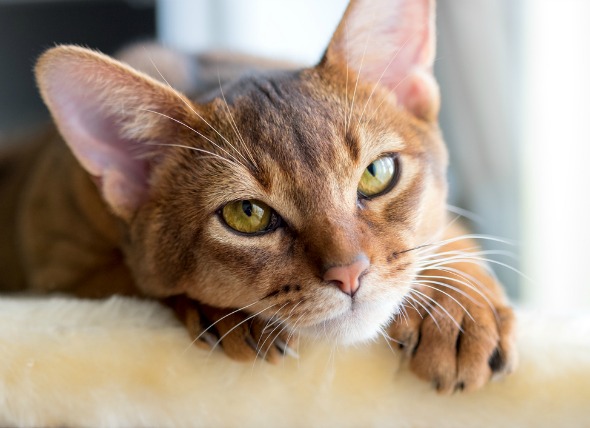 Upper Respiratory Infection (Chlamydia) in Cats
Chlamydiosis in Cats
Chylamydiosis refers to a ba
Upper Respiratory Infection (Chlamydia) in Cats
Chlamydiosis in Cats
Chylamydiosis refers to a ba
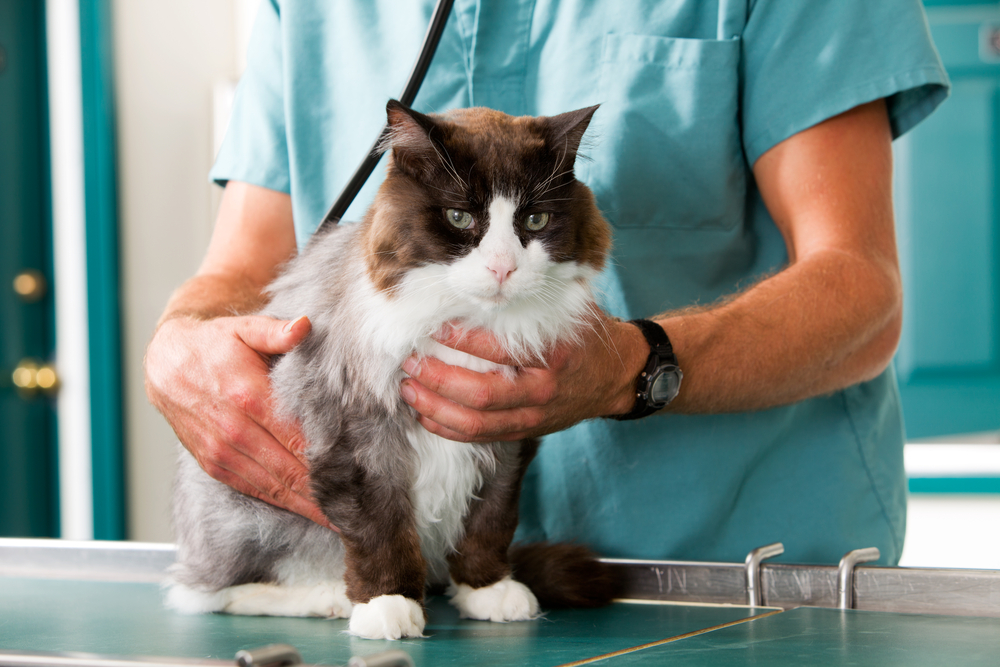 Foreign Objects Stuck in the Throat in Cats
Esophageal Obstruction in Cats
Cats often swallow
Foreign Objects Stuck in the Throat in Cats
Esophageal Obstruction in Cats
Cats often swallow
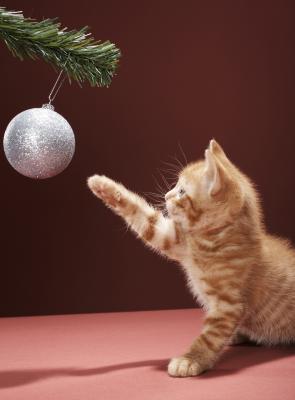 Tips on Introducing a New Kitten to Full-Grown Cats
Tips on Introducing a New Kitten to Full-Grown
Tips on Introducing a New Kitten to Full-Grown Cats
Tips on Introducing a New Kitten to Full-Grown
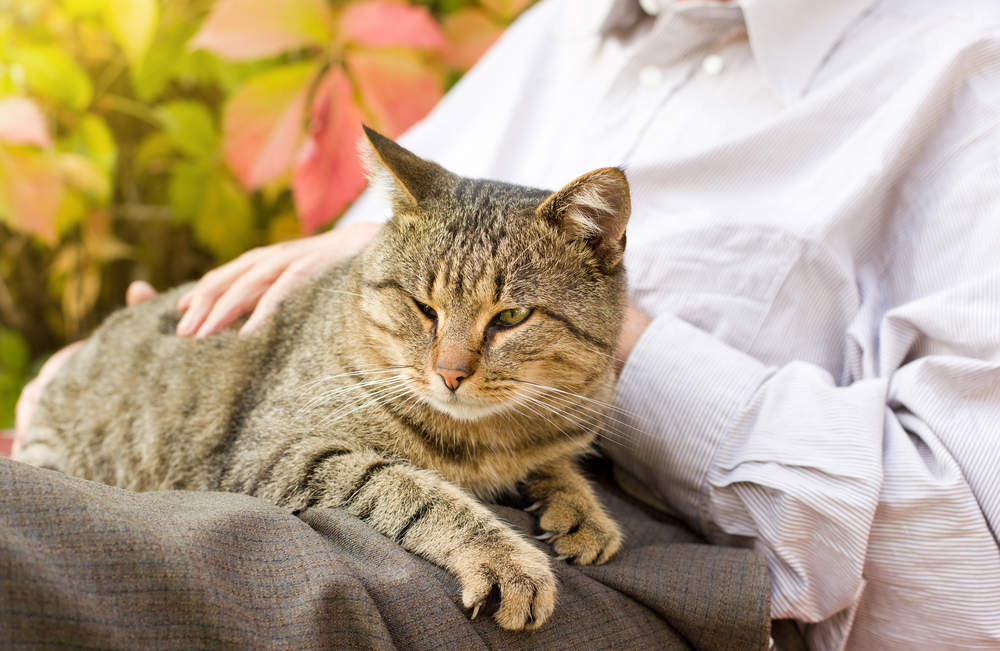 Stomach and Intestinal Cancer (Leiomyosarcoma) in Cats
Leiomyosarcoma of Stomach, Small and Large intestine in
Stomach and Intestinal Cancer (Leiomyosarcoma) in Cats
Leiomyosarcoma of Stomach, Small and Large intestine in
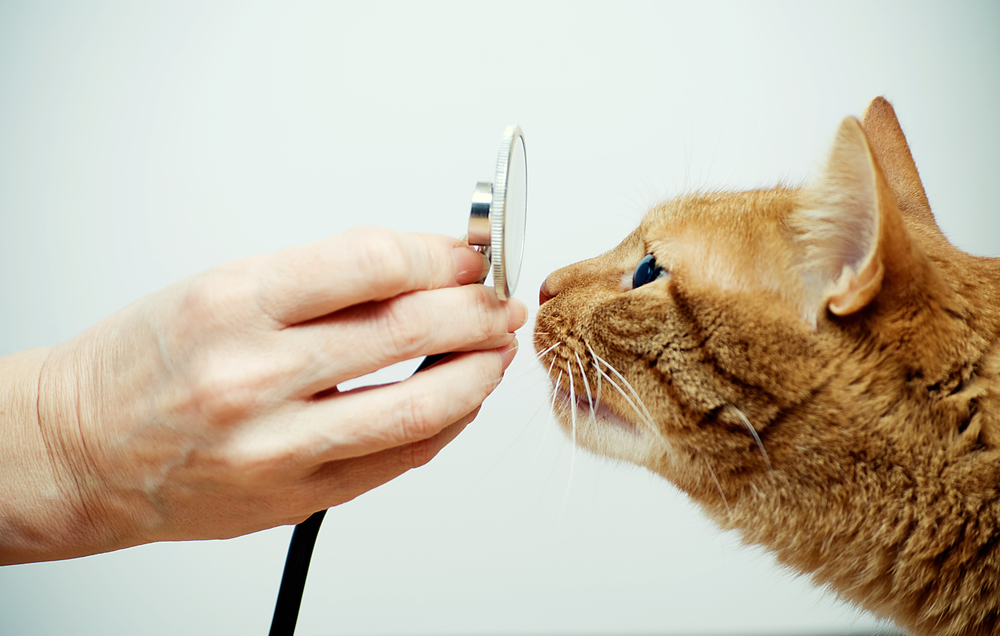 Abnormal Eyelid in Cats
Entropion in Cats
Entropion is a genetic conditio
Abnormal Eyelid in Cats
Entropion in Cats
Entropion is a genetic conditio
Copyright © 2005-2016 Pet Information All Rights Reserved
Contact us: www162date@outlook.com